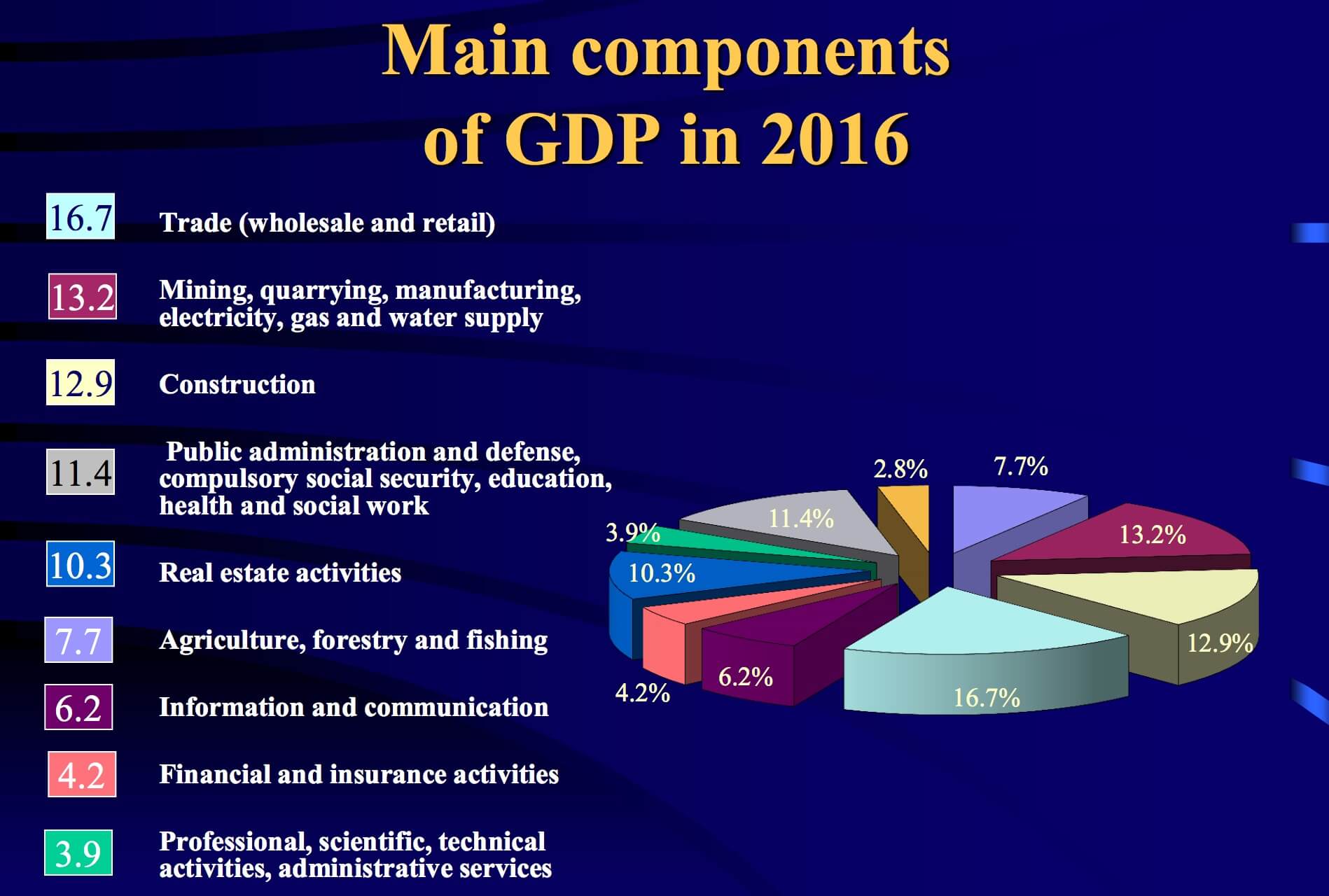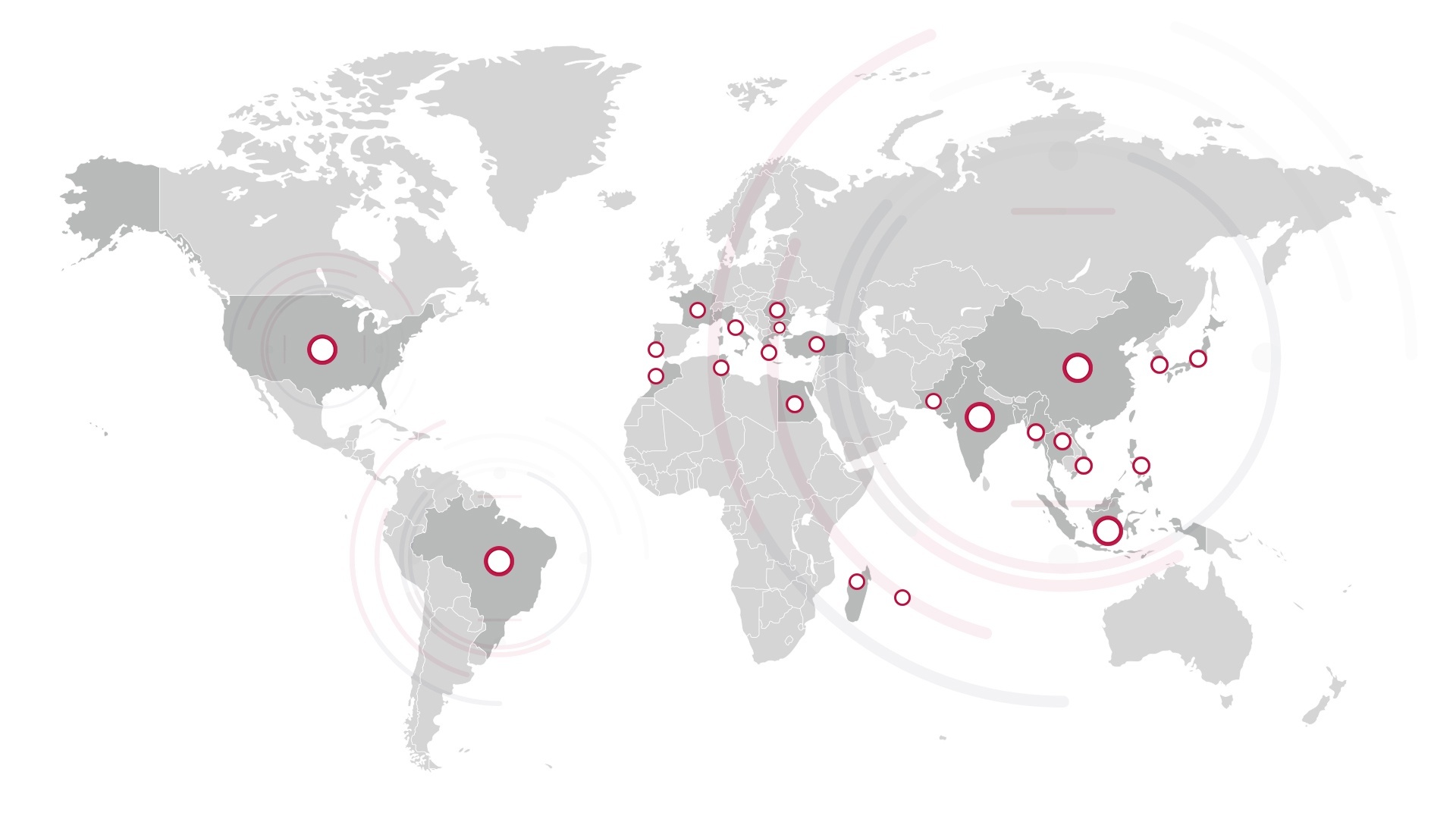Located in the Balkan peninsula in Southeast Europe, the Macedonian textile industry plays a vital role in the country’s manufacturing sector, contributing majorly to the economy and social well-being through employment in numerous regions of Macedonia.Over time, Macedonia’s textile industry has increasingly become a popular destination for garment manufacturing outlets. In this blog post, we’ll dive into the state of the textile industry in Macedonia and discuss some of the primary benefits garment manufacturers experience there.
The Macedonian Textile Industry
Macedonia has a long, rich tradition in clothing and textiles and is closely connected to Europe in the form of exports and investments. Historically, Macedonia’s development as a production country for ready made clothes dates back to the 1990s, where as part of Former Yugoslavia, more than 1000 female workers were employed by garment factories, per factory. According to the Macedonia Country Profile, the majority of these factories were state owned until after declaring its independence in 1991, Macedonia experienced a transition period and transformation of the state self-governed capital, where most of these factories were sold or privatized by the end of 1999.
Today, Macedonia’s textile industry is one of the most developed and diversified economic sectors and is the second largest export industry in the country. Macedonia’s garment industry exports mainly to EU countries and 93% of production is organized by the CM or CMT (Cut, Make & Trim) where the price of CMT production is approximately 0.07 EUR per minute. The Overview of Macedonia’s Economy report (2016) states that Macedonia’s trade sector (wholesale and retail) makes up the largest component of the country’s GDP at 16.7%:
Moreover, the most updated Macedonian Textile Industry report declares that over 1,100 registered companies are involved in the country’s textile industry which employs over 35,000 employees. That’s about 35% of the total number of employees in the manufacturing sector. The industry produces over EUR 400 million worth of exports and annual garment imports approximate to EUR 50 million.
According to Invest Macedonia, textile companies in Macedonia can be divided into two categories, namely:
- Manufacturers of textile materials
- Manufacturers of wearing apparel, dressing, and dyeing of fur.
Finished garments contribute to 90% of Macedonia’s textile output, while textile materials are comprised of the production of textiles for denim clothing, bedspreads, blankets, bathroom and kitchen linen and wearing apparel dominates the industry. More than 40% of the Macedonian textile industry is located in the Eastern Statistical Region and the towns of Strip, Kocani and Delcevo experience the most textile and garment industry activity:

Approximately 87% of these companies are micro to small enterprises that contribute to 18% of industry jobs.
___________________________________________________________________________________________________________
Interested in improving your textile quality management systems? Click this button to download our handy 7 Step Textile Management checklist for free!
___________________________________________________________________________________________________________
The Benefits The Macedonian Textile Industry
There are many factors to consider when looking to source or manufacture your garment production in a particular country. Ensuring that you comply with the international textile industry standards, practices, and government regulation is crucial for being recognized as a brand that is socially compliant, but this can be hard to achieve as many sourcing countries are located in third world countries, where cheap, forced or child labor often go undetected.
In Macedonia, workers of state-owned factories used to receive pensions, health insurance, higher wages and were paid overtime as well as bonuses for meeting deadlines, but this has drastically changed over the last 20 years. In the textile industry, socialism nostalgia can run high among middle-aged to older generation workers when today’s working conditions are compared to that which was previously set by state-owned enterprises. These benefits have partly been transferred to central welfare initiatives which are managed by Macedonia’s government (healthcare and pension are compulsory), while others had to face the reality of our modern market economy. Macedonia’s textile industry has had to learn very quickly that competition can be far (China, India), and near (Albania, Bulgaria), and had to learn to adjust accordingly. As such, with few raw materials being produced in Macedonia, the CMT business model was the best segment which Macedonia could easily take advantage of.
Today, labor law compliance in garment making countries remains a hot and debated topic. Macedonia is part of the discussion through initiatives to tackle noncompliance to labor regulation with public/private partnered initiatives, such as the Clean Cloth Campaign which was joined recently by trade unions during an international conference on improving the living wage and working conditions for garment and shoe workers in Europe.
Additionally, Macedonia’s garment industry growth contributes massively to the drop in the unemployment rate which has been decreasing gradually from 36.1% in 1997 to 22,9% as of 2017. With this level of unemployment, Macedonia’s government works hard to balance wage regulation and benefits to avoid putting an industry at risk where buyers can easily find other sources for CMT solutions.
Moreover, the textile industry in Macedonia has many advantages, some of which are:
- It’s in close proximity to Western Europe’s huge consumer market which makes for good transportation and logistics networks as most European transport companies locate their vehicles and warehouses in Macedonia.
- Macedonian producers have a reputation for being professional, and quality focused as they have been present in the EU and US markets for decades.
- The availability of experienced, skilled labor.
- Flexibility to adapt to changes and demands in the foreign market and new trends as well as readiness to respond to customer’s requirements.
- Punctual execution of delivery and willingness to work with shorter terms as a result of shorter consumption cycles.
- Long term business relationships with global partners as a result of working with well-known international brands in the apparel industry.
- Work with highly trained personnel who have been working in the industry for years which leads to an exceptional relationship between quality and price of products.
- Work with modern textile machines and production technologies in factories. Additionally, as more companies start to invest in computer technology systems such as CAD/CAM, plotters, etc. Macedonia’s textile industry adapts accordingly.
- A stable macro economic condition.
As the country’s garment industry has many benefits, we, SgT, have recently started an operation in Macedonia as of July 2017 and are active for German and French brands. There are also a large number of popular fashion brands that have or are currently producing garments in Macedonia including:
- Versace
- Diesel
- Gucci
- Gerry Weber
- Betty Barclay
- Jack & Jones
- Okitex
- Paltex
- Lenea
You might also be interested in our blog post: Fast Retail in Morocco: So Close, But Yet So Far
Do you have any questions regarding Macedonia’s garment industry or the apparel industry in general?




